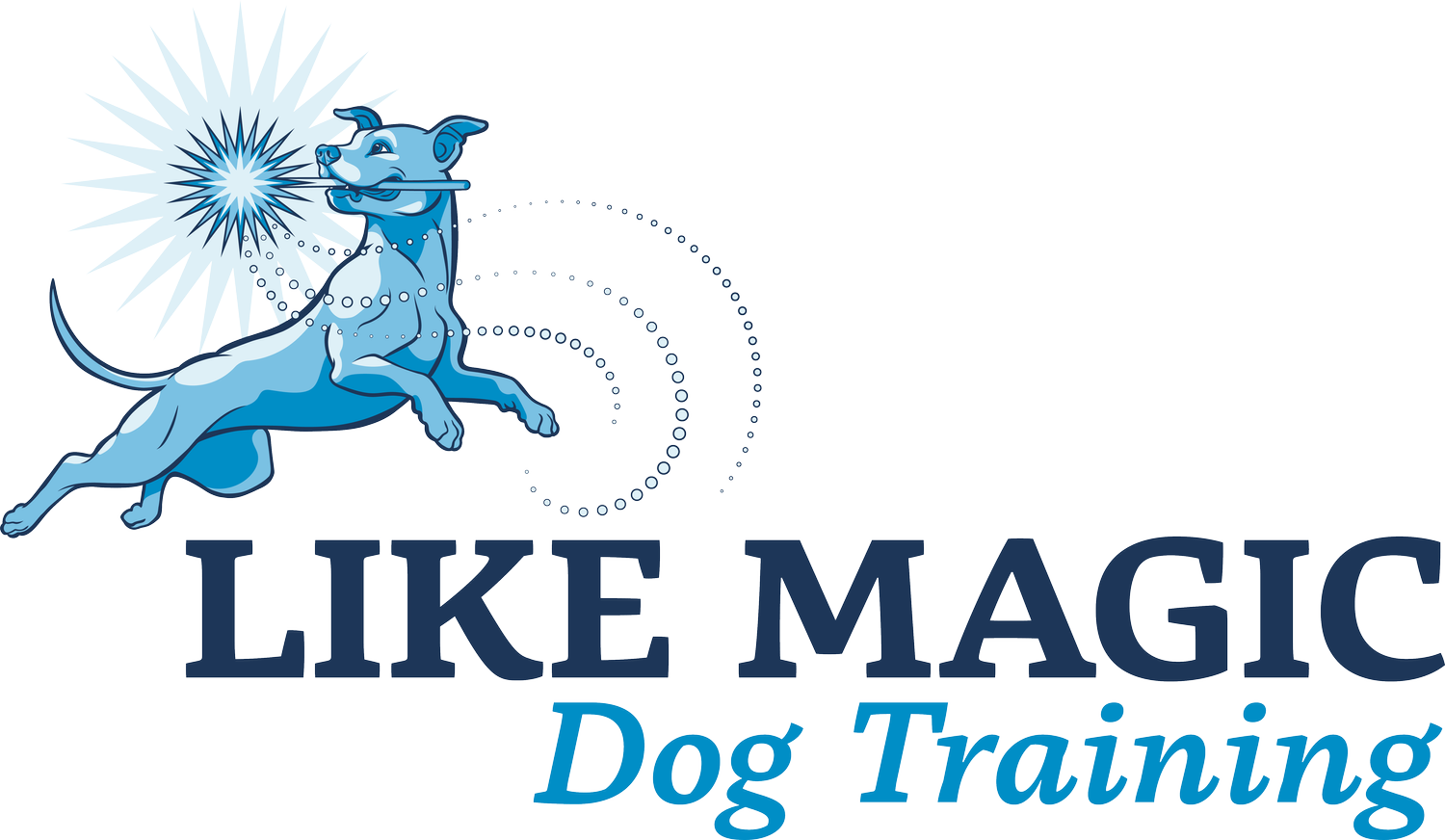Train the Dog in Front of You
Mouse is a terrier, through and through. Slap her picture onto the dictionary definition of an American Pit Bull Terrier and she lines up perfectly. She is interested in things that skitter across the ground – the squirrels and the chipmunks and the rabbits and, on occasion, the deer. She approaches other dogs as if they have already challenged her to a duel (“Would you like to play or fight? I’m down for either, but on me they mostly look the same.”). And she couldn’t care less about birds.
I even tell a story about it. One summer morning, when the sky was still hazy with the morning’s sunrise, a rabbit jetted across our path into a bush. It was near enough to us that Mouse didn’t even need to pull to have her nose into the shrub. As she did so, she (or the rabbit) startled two birds that swooped out of the bush and took flight. I was startled. I may have yelped. In a very commanding, confident, and adult-type way, of course.
Mouse…couldn’t have cared less. She barely gave the birds a glance as she continued to search diligently for the wayward bunny.
My dog doesn’t care about birds.
So when we were walking at the nearby park and my consummate terrier lost her mind at the flock of seagulls nesting in the lake ahead of us, I calmly reminded myself and her that she doesn’t care about birds, and we moved on with our day.
Or we would have, if dogs worked like that.
What happened instead was that I stood, dumbfounded, as my previously bird-neutral dog became what can only be described as increasingly bird-reactive as the moments ticked on, with my brain chanting a constant refrain “but she’s not reactive to birds. She’s not reactive to birds. What the hell.”
It was around that moment that I realized that with my own dog I had forgotten the cardinal rule of training – you train the dog in front of you.
Mouse, the (Sometimes) Bird Dog
The dog in front of me? Was reactive to birds. Once I accepted that, I could help her. We created distance, then worked focusing behaviors nearby once she was back in her head. After gaining her attention, I whipped out my phone and worked a relaxation protocol that rewarded her for maintaining a stay through many distractions – several of them involving watching those birds, as well as the people and dogs who walked by on the path.
But I couldn’t help her until I acknowledged what was happening.
So often in classes I hear that a struggling dog “can do it at home!” or similar. These downtrodden pet parents, baffled by their typically well-behaved dog, are wracking their brains trying to resolve the cognitive dissonance between two contradictory facts they know to be true. That (1) Their dog doesn’t act like this and (2) their dog is definitely acting like this.
It’s easy to dismiss this as willful blindness, but it’s not, really. Humans are contextual creatures – we are known by our habits, by our routines and rituals. We have philosophies, religions, whole practices devoted to our attempts to “be present.” Like meditation – which I am hilariously bad at. I try to do the guided meditations that have the bell to remind you to return to the present moment, but I probably need that bell to chime just about every five seconds.
But the importance of the Now is one of those things that is true of all relationships and is crystallized in our interactions with our animals. When we are caught up in what we’ve always known to be “true”, it’s a challenge to pull ourselves into the present moment with our eyes clear.
As a parent, as a wife, as a friend it’s easy to fall into the roles that are expected of us, and get confused, upset, and even frantic when someone changes the rules mid-play. When my child – usually a genuinely great listener – routinely was having trouble when they were asked to get ready for the simple task of getting ready for school, it was tempting to get frustrated. To be incredulous – this isn’t you, what the (ahem) is going on? In my impatience, it would have been easy to take a five-minute delay due to my child’s developmentally-appropriate inconsistency, and escalate to a longer delay due to my inability to adapt to change. To respond to the child in front of me.
Relationships of all types experience this adjustment. It’s easy enough to take someone for granted because “they are always there for you,” and react badly when something upsets that dynamic. We all crave consistency, stability and though we ourselves are always changing, it’s upsetting when other people have their own internal contradictions. It is only be accepting the evidence in front of you – whatever evidence that is - that you can comprehend it, understand it, and address it.
Whether it’s your friend, who is always there for you (but wasn’t).
Or your child, who always listens (but couldn’t).
Or your dog, who doesn’t care about birds (but did).
Pause. Breathe. Listen.
Train the dog in front of you.

